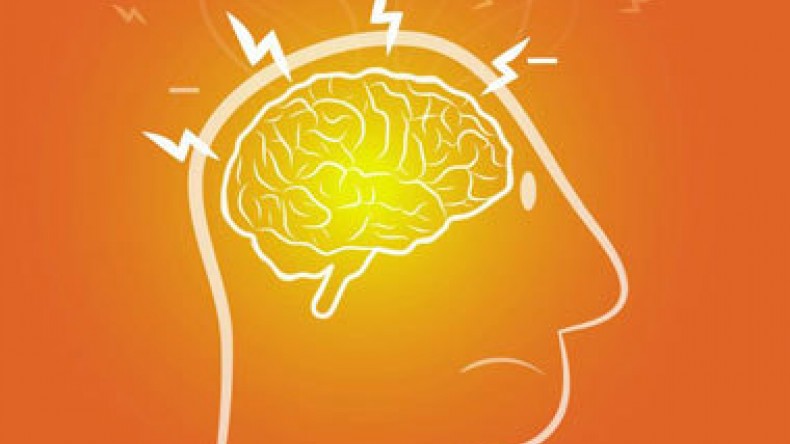
Why it's OK to be sad and happy
Don’t worry, be unhappy… sometimes, says psychologist Todd Kashdan. In the latest episode of The Psychology Podcast, Kashdan explains to host Dr. Scott Barry Kaufman the upside of dark or “negative” emotions, Medical Daily reports.
Many Americans think happiness is the end game, the ultimate reason we’re alive, Kashdan said. In fact, 80 to 90 percent of people across the world say their fundamental objective is to be happy. But, happiness may be something we give too much credence too.
Think of your personality as a farm. Farmers need rain and storms for seeds to pollinate and for crops to grow. So the idea weathering and enduring negative emotions can help people grow, too, isn't so far-fetched. (Yes, we basically just said, “What doesn’t kill you makes you stronger.”)
“When we recognize [negative emotions are] useful at particular times, in particular doses… that’s when we become whole,” Kashdan said.
Kashdan, who is also the author of The Upside Of Your Dark Side: Why Being Your Whole Self—Not Just “Good” Self—Drives Success and Fulfillment, has found in his research that negative emotions encourage people to categorize even successful outcomes as “dysfunctional moments.” Getting into a fight with your partner may strengthen your relationship, or feeling anxious about a test can increase studying, thus chances of a better grade — but if it didn’t feel good, it’s considered a loss.
This has to do, in part, with the characteristics people are led to believe are wrong or uncomfortable, such as narcissism and selfishness. In their defense, there's scientificevidence certain negative emotions can lead to heart attacks, insomnia, and early death. But, Kashdan isn't saying forget about happiness. He's simply suggesting we focus on the positive 80 percent of the time — this includes kindness, compassion, and gratitude — and the “negative” 20 percent of the time. So like, the 80/20 weight loss rule but for mental health.
It's at this point Kaufman accused (in jest) Kashdan of challenging the zeitgeist: America loves optimism. But again, it's more Kashdan is letting the public know there's a time and place for negative emotions, too. They can be equally great for health and well-being. For example, a study published in a special issue of the journal Human Relations found a bad day at work can encourage social connection, especially if an employee's bad mood stems from social loss; they’ll want to make new, positive connections.
Julie Norem pioneered the defensive pessimism theory — a strategy for dealing with anxiety. And in an interview with The Atlantic, she said this strategy helps people avoid disaster, directing their anxiety toward productive activity. Why then do people try so hard to get others to only think positively?
“Our cultural context really emphasizes positivity,” she said. “We think there’s something wrong if people aren’t projecting positivity all the time. You’re supposed to think about how to maximize positivity. There’s this idea that there’s something wrong with you personally if you see problems in the world. … It does make them feel like they need to be fixed, even though they’ve figured out a good way to deal with their anxiety.”
To boot, a study from Northwestern University and the University of St. Thomas found there are advantages to both optimism and pessimism, while research from the American Psychological Association found viewing the glass as half empty inspires people to live more carefuly and take safety and health precautions.
Not focusing on happiness, but rather what you'd like to accomplish on a daily basis (and the time you'll take for yourself) is, to Kashdan, a happier, more connected and energetic approach to life.
Newsfeed
Videos






























